-
Products
-
Accessories
- Back rests
- Big bore kits - Athena
- Bike & seat covers
- Caps & lids
- CrampBuster throttle control
- Crash protection
- Footguards
- Hand guards, extensions & mittens
- Lights
- Mud guards / chain guards
- Pet carriers
- Phone and navigation, smart mounts
- Power connection kits
- Radiator protection
- Safety accessories
- Scottoiler
- Security and padlocks
- Side stand supports
- Storage containers
- Sump Protection
- Batteries, chargers and accessories
-
Clothing
- Body armour, protectors and safety
- Boots
- Gloves
- Jackets - heritage & waxed
- Jackets - leather
- Jackets - textile
- Jackets - urban
- Rainwear / thermal wear
- Trousers - heritage & waxed
- Trousers - jeans and denim
- Trousers - leather
- Trousers - textile
- Women's clothing
-
Clearance / end of line / samples
- Samples / one-offs
- Boots clearance
- Gloves clearance
- Jackets - leather clearance - mens
- Jackets - leather clearance - ladies
- Jackets - textile clearance - mens
- Jackets - textile clearance - ladies
- Jeans and denim clearance
- Trousers - leather clearance - mens
- Trousers - leather clearance - ladies
- Trousers - textile clearance - mens
- Trousers - textile clearance - ladies
- Communications
- Engine Management (GET ECUs)
- Helmets
- Luggage
- Mufflers
-
Spare Parts
- Bar end weights and plugs
- Brake systems
- Carburettors and fueling
- Chain - Regina
- Clutch Systems
- Electrical
- Filters
- Forks
- Gaskets and seals
- Hand / foot controls
- Hose, clamps and clips
- Mirrors
- Piston kits - Athena
- Regulator rectifiers
- Screws, bolts, nuts, washers
- Shims for Ducati
- Shocks
- Side Stands
- Springs
- Sprockets
- Steering head bearings
- Tail tidy
- Wheel bearing and seal kits
- Clearance - spare parts
- Sprays, fluids and lubricants
- Stands, benches & wheel clamps
-
Tools
- Bearing tools
- Bike-specific tools
- Brake servicing
- Brushes
- Carburettor gauges & tools
- Chain tools
- Clutch hub tools
- Flywheel pullers
- Hook wrenches
- Oil filter removal tools
- Piston tools
- Plug spanners / T-bar sockets
- Spanners
- Specialty tools
- Spoke keys & wrenches
- Spring hooks
- Suspension tools
- Timing tools
- Tool trays
- Tyre repair
- Valve tools
- Wiring and electrical tools
- Tyre changing equipment
- Windscreens
-
Accessories
- Brands
- Specials
TECH TIPS: Compulsory ABS, is it a good thing?
Posted in Technical tips
Just over a year ago, there was a lot of news about proposals to make ABS (Anti-lock Braking System) compulsory for all new motorcycles in New Zealand.
It looks like ABS is going to become the new normal, so it’s worthwhile taking a look at ABS to understand what it is, how it works and why it’s so good the bureaucrats think it should be compulsory.
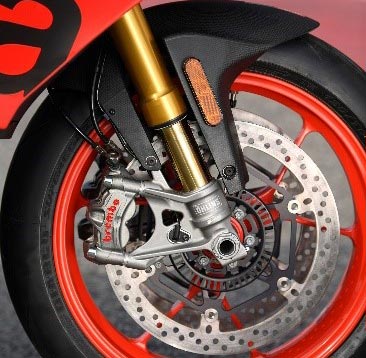
The Mechanics
Let’s take a quick look at what ABS does and what is happening when it decides to kick in. I could get into a detailed discussion here with diagrams and formulae describing friction and braking forces, but it doesn’t need to be that complicated.
When the wheel does lock up, it doesn’t happen instantly (nothing in life ever does). It slows down at a much greater rate, but there is still a time delay from when the wheel starts skidding to when it stops rotating. ABS takes advantage of this lack of instantaneousness and steps in before the wheel actually stops rotating. It happens like this:
- The rider squeezes the brake lever.
- The hydraulic pressure in the braking system increases and forces the pads onto the disc.
- The friction between the pads and the disc then generates a braking force resisting the motion of the discs.
- This braking force is transferred to the tyre contact patch via torque in the wheel.
- If the lever is squeezed too hard, the limit of static friction between the rubber and the road is exceeded and the rubber starts to slide.
- When the rubber starts sliding on the road, the force keeping the wheel rotating is suddenly reduced and the rotational velocity of the front wheel starts to decrease much more rapidly.
- Because the ABS is constantly monitoring wheel speed, it senses this rapid increase in wheel deceleration and automatically reduces the hydraulic pressure in the braking system.
- The reduced pressure means lower forces, meaning the rubber stops sliding on the road and the wheel stops its rapid deceleration.
- Once the deceleration of the wheel has stabilised, the ABS increases the pressure until the limit is reached again and the cycle is repeated from step 5, several times per second until either the bike comes to a complete stop, or the rider releases the lever.
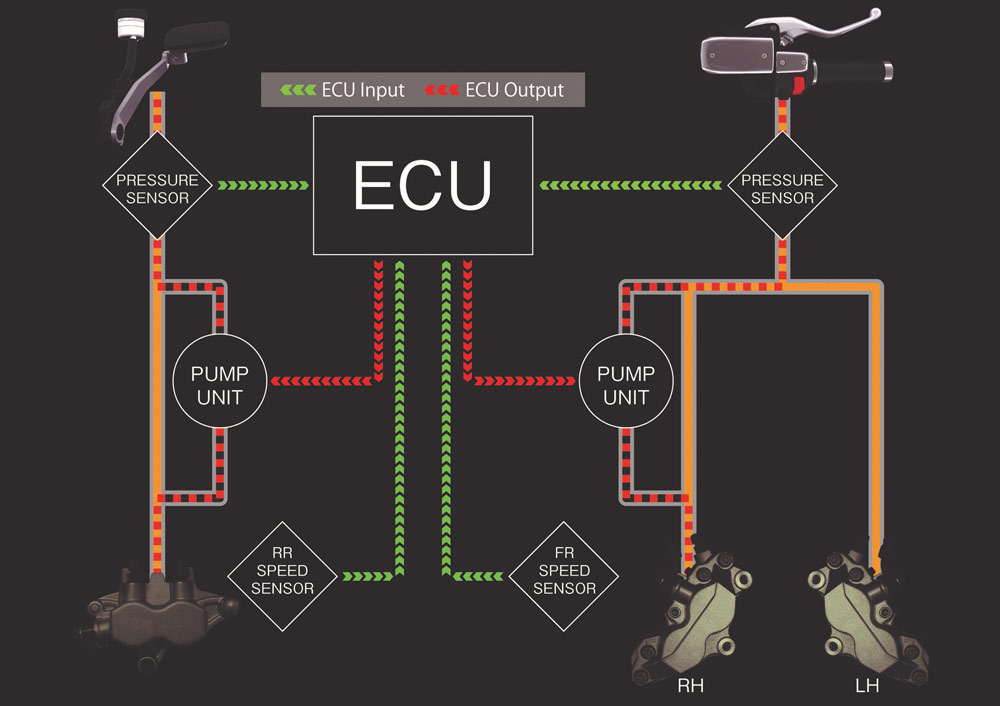
In a nutshell, that’s it. ABS kicks in at the point when the wheel starts to lock up and sorts the brake pressure out before the wheel actually stops rotating. Interestingly, this is also pretty much what a good rider will do even if it is subconsciously.
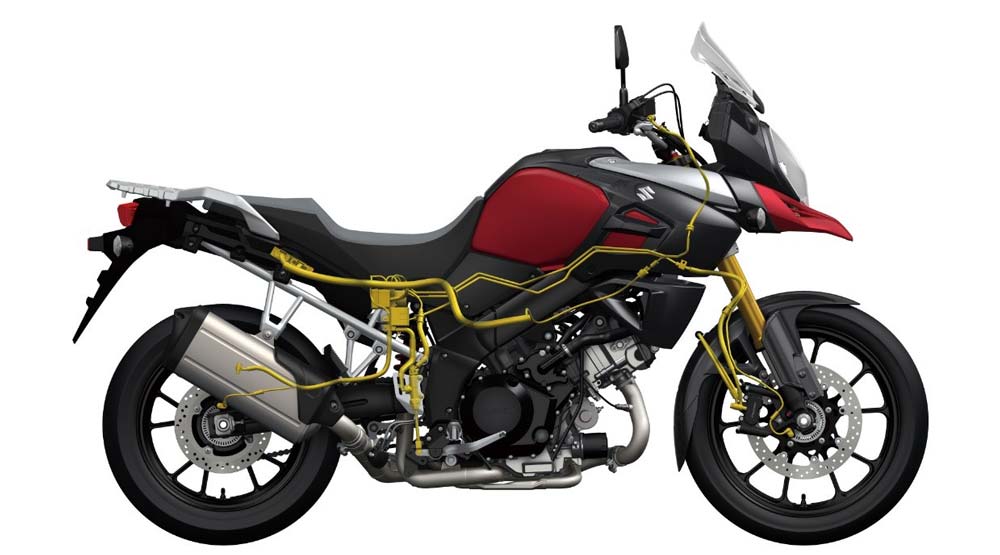
Why Is ABS Good?
Motorcycle ABS has come a long way since BMW first introduced it on the K100 way back in 1988. The main improvements have been to do with computer processing power. Basically, the front and rear wheel speed sensors are providing a lot of information to a processing unit; hundreds of pulses per second from each wheel. The processing unit has to sense, calculate and react on those pulses within milliseconds. Back in 1988, Donkey Kong was the height of small scale electronic wizardry. Nowadays, ABS designers have a lot more power to play with. The sensors can take many more samples of data per wheel revolution and have much more refined, faster acting systems.
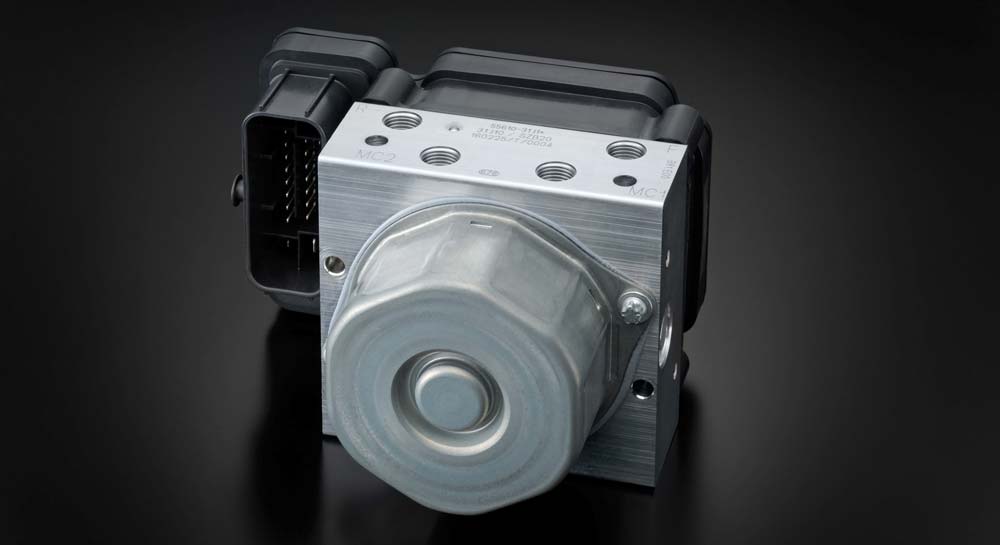
However, as good as modern ABS processors are, they still aren’t really a match for a human brain. How so? Here’s a case in point. Can your ABS system reach out an arm to catch a ball in flight on a windy day? I didn’t think so. Ok, so your motorcycle ABS system doesn’t have an arm, but it isn’t difficult to build a robot that does. The point is, the human brain is an incredibly powerful processing unit, capable of sensing, processing and reacting on a huge amount of data in a very short period of time. Something as simple as catching a ball on a windy day requires the completion of hundreds of complicated, non-linear differential equations, based on numerous sensory inputs, multiple times, within fractions of a second as the ball is approaching. Building a robot to do this is incredibly difficult, yet most children learn to do it long before they’ve reached puberty. Don’t underestimate how good your brain is.
The results show it too. I know this because I’ve done it in a professional sense when I worked at KTM. On a clean, dry asphalt surface, a good rider can out brake an ABS system nearly every time. On a wet surface it’s a slightly different story, but the key word here is ‘nearly’. During ABS testing, a predefined number of stops are made both with and without ABS active, typically from 100km/h down to a standstill. The breaking distances are then measured for analysis. Most manufacturers aim to get an ABS system that can stop a bike on average, within about 90% of what a test rider’s best stop is. That is, if the rider can stop in 9 measurement units, the ABS has to be able to stop within 10. Let me repeat that. The ABS has to be ‘on average’ within about 90% of the rider’s ‘best’ stop. Usually within all those test stops, the rider’s worst stop is way off the mark, typically the first one (everyone takes one or two goes to warm up). On the other hand, the ABS is within centimetres every time.
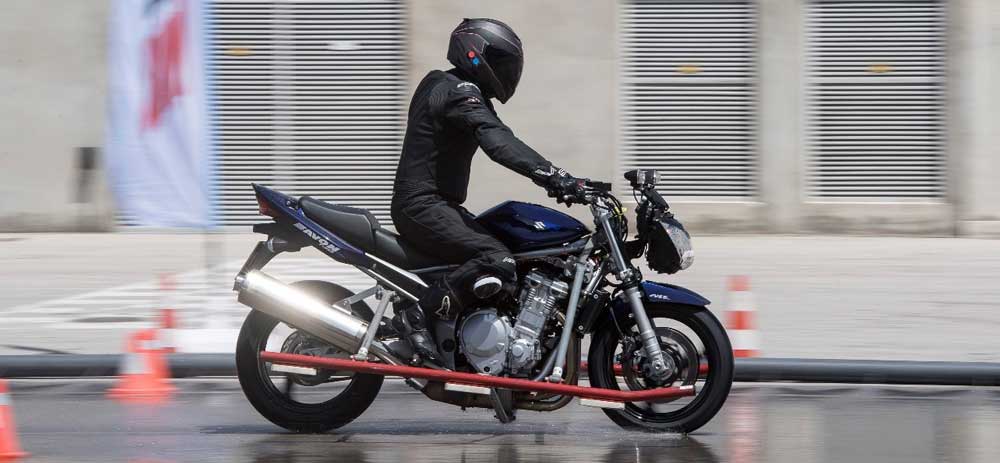
This is where ABS beats the human brain. Although the human brain can perform phenomenal feats of data processing, it typically spends its time processing the number of bugs stuck to the visor, or the attractiveness of the figure walking down the road. Even under an enclosed test environment it takes a few goes to slap it into shape and get it working. ABS is dedicated, unblinking and unfaltering. When a car pulls out in front of you, particularly on a wet road, ABS doesn’t need three attempts to get its best stop; your brain does, no matter who you are – and that’s where ABS wins.
"When a car pulls out in front of you, ABS doesn’t need three attempts to get its best stop; your brain does, no matter who you are."
When Is ABS Not Good?
So, we’ve learnt how ABS works and that it is reliably good at bringing a motorcycle to a halt. This is true for hard surfaces such as an asphalt or course chip road. It’s particularly good when the coefficient of friction is reduced when say, the road is wet. However, this is also only true in a straight line. If you are braking into a turn, the forces that cause the front and/or rear wheel to lose traction aren’t entirely generated by the brakes. Excessive cornering forces can cause the wheels to lose traction without the rotation of the wheel slowing dramatically. Ordinary ABS won’t necesarily be able to save you in this situation – it won’t make the situation worse, but it may not save you. Only a complete bike stability package which combines the brakes with lean angle sensors and throttle control is going to help here and these systems are only on the most expensive of bikes. The new laws won’t insist on this technology – yet.
Standard ABS also isn’t as affective on soft surfaces, such as gravel and dirt. On a soft surface, a locked wheel will tend to ‘dig in’ to the surface and improve the effective coefficient of friction. Because ABS won’t allow the wheel to lock, this digging in phenomenon is virtually nullified. I’m sure many of you with a dual purpose bike equipped with older ABS systems have learned this one. More advanced riders will also know brake slide turning techniques for off-road riding. Again, these techniques are nearly impossible to achieve when the ABS is preventing the wheel from locking. Some modern adventure bikes have an off-road setting for the ABS, which accounts for the change in braking dynamics and can actually be quite good, improving braking for less experienced riders, or for those caught off-guard. This can be great on back country gravel roads. But when the going gets really slippery, particularly on low-speed, technical terrain, the ABS can actually prevent the bike from coming to a complete stop, which is a pretty unnerving feeling.
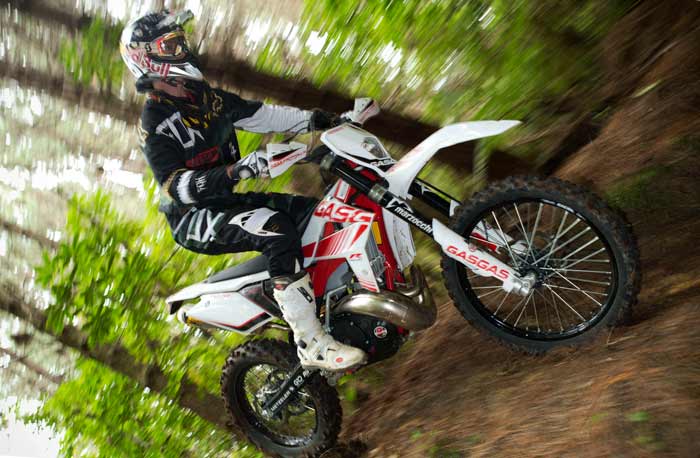
Many people also argue that ABS is not really an advantage on the race track. This can be true for advanced riders who are as good, if not better at controlling wheel lock and lift in a stable, practised environment. Having said this though, the technology is developing all the time. There are a few teams now running ABS on their race bikes with good success. Racing is generally where there is money to make technological improvements, so it may only be a matter of time before ABS is the next ‘must have’ racing advantage, like traction control has become.
In Summary
ABS is a good thing and could save your life. I for one am looking forward to seeing more bikes fitted with ABS as standard. Sure, there are some situations where it won’t necessarily help and, in the case of off-road riding could hinder your braking and turning efforts, if it's not a system designed for off-road use. For this reason, it is important to allow for ABS which can be switched to a different setting, or off completely. But these are specialist situations. For the most part in day-to-day road riding, the cost and weight disadvantages are far outweighed by the improved safety it provides.
Keen to learn more? This article is Part 2 in our Braking Tech Tips series. Click here for Part 1 or here for Part 3.
** Article written by Rodney O'Connor, and originally featured in Kiwi Rider Magazine. Images courtesy of Kiwi Rider Magazine.

